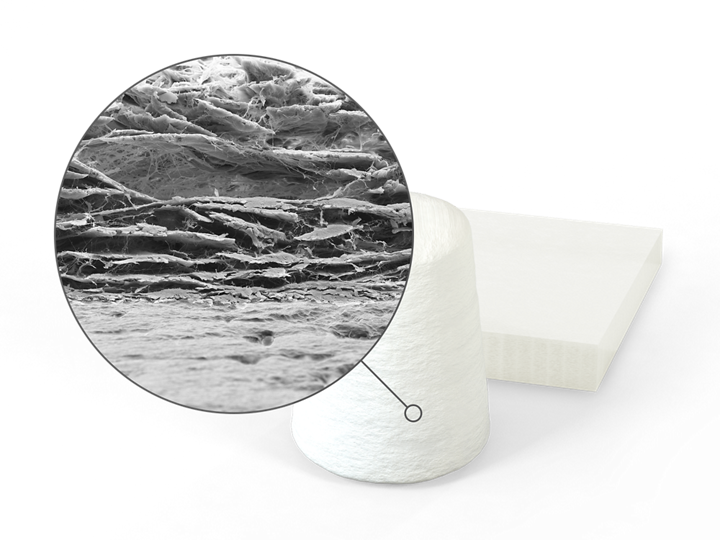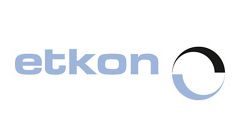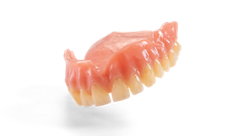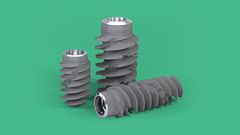1 Zirk et al. Prevention of post-operative bleeding in hemostatic compromised patients using native porcine collagen fleeces-retrospective study of a consecutive case series. Oral Maxillofac Surg. 2016. [E-Pub vor Print-Pub] http://www.ncbi.nlm.nih.gov/pubmed/27139018
2 Pabst AM., Happe A., Callaway A., Ziebart T., Stratul SI., Ackermann M., Konerding MA., Willershausen B., Kasaj A. In vitro and in vivo characterization of porcine acellular dermal matrix for gingival augmentation. J Periodont Res 2014; Epub 2013 Jul 1.
3 Rothamel D., Benner M., Fienitz T., Happe A., Kreppel M., Nickenig HJ. and Zöller JE. Biodegradation pattern and tissue integration of native and cross-linked porcine collagen soft tissue augmentation matrices – an experimental study in the rat. Head and Face 2014, 10:10.
4 Kasaj A, Levin L, Stratul SI, Götz H, Schlee M, Rütters CB, Konerding MA, Ackermann M, Willershausen B. Pabst AM. The influence of various rehydration protocols on biomechanical properties of different acellular tissue matrices. Clin Oral Ivest. 2015.
5 McGuire MK, et al. A Prospective, Cased-Controlled Study Evaluating the use of Enamel Matrix Derivative on Human Buccal Recession Defects: A Human Histologic Examination. J Periodontol. 2016 Feb 1:1-34.
6 Sculean A, et al. Clinical and histologic evaluation of human intrabony defects treated with an enamel matrix protein derivative (Emdogain). Int J Periodontics Restorative Dent. 2000;20:374–381.
7 Aspriello SD, et al. Effects of enamel matrix derivative on vascular endothelial growth factor expression and microvessel density in gingival tissues of periodontal pocket: a comparative study. J Periodontol. 2011 Apr;82(4):606-12.
8 Guimarães et al. Microvessel Density Evaluation of the Effect of Enamel Matrix Derivative on Soft Tissue After Implant Placement: A Preliminary Study. Int J Periodontics Restorative Dent. 2015 Sep-Oct;35(5):733-8.
9 Sato et al. Enamel matrix derivative exhibits anti-inflammatory properties in monocytes J Periodontol. Mar 2008;79(3):535-40
10 Arweiler et al. Antibacterial effect of an enamel matrix protein derivative on in vivo dental biofilm vitality. Clin Oral Investig. 2002 Dec;6(4):205-9. Epub 2002 Nov 14.
11 Maymon-Gil T, et al. Emdogain Promotes Healing of a Surgical Wound in the Rat Oral Mucosa. J. Periodontol. 2016 Jan 16:1-16.
12 Tonetti et al. Enamel matrix proteins in the regenerative therapy of deep intrabony defects – A multicenter, randomized, controlled clinical trial. J Clin Periodontology 2002;29;317-325
13 Tonetti MS et al. Clinical efficacy of periodontal plastic surgery procedures: consensus report of Group 2 of the 10th European Workshop on Periodontology. J Clin Periodontol. 2014 Apr;41 Suppl 15:S36-43
14 McGuire MK, et al. Evaluation of human recession defects treated with coronally advanced flaps and either enamel matrix derivative or connective tissue: comparison of clinical parameters at 10 years. J Periodontol. 2012 Nov;83(11):1353-62
15 Villa O et al. J Periodontol. A Proline-Rich Peptide Mimic Effects of EMD in Rat Oral Mucosal Incisional Wound Healing. 2015 Dec;86(12):1386-95.
16 Jepsen S, et al. A randomized clinical trial comparing enamel matrix derivative and membrane treatment of buccal Class II furcation involvement in mandibular molars. Part I: Study design and results for primary outcomes.J Periodontol. 2004 Aug;75(8):1150-60.
17 According to PUBMED - search term “Emdogain" or "enamel matrix derivative”.
18 Sculean A, et al. Ten-year results following treatment of intra-bony defects with enamel matrix proteins and guided tissue regeneration. J Clin Periodontol. 2008 Sep;35(9):817-24
19 Almqvist et al. Effects of amelogenins on angiogenesis-associated processes of endothelial cells. J Wound Care. 2011 Feb;20(2):68, 70-5
20 Graziani F, Gennai S, Petrini M, Bettini L, Tonetti M. Enamel matrix derivative stabilizes blood clot and improves clinical healing in deep pockets after flapless periodontal therapy: A Randomized Clinical Trial. J Clin Periodontol. 2019 Feb; 46(2):231-240.
21 Aimetti M, Ferrarotti F, Mariani GM, Romano F. A novel flapless approach versus minimally invasive surgery in periodontal regeneration with enamel matrix de rivative proteins: a 24-month randomized controlled clinical trial. Clin Oral Investig. 2017 Jan;21(1): 327-337.
22 Straumann Sponsored Study, data on file, study ongoing
23 Wennström JL, Lindhe J. Some effects of enamel matrix proteins on wound healing in the dento-gingival re gion. J Clin Periodontol. 2002 Jan;29(1):9-14







